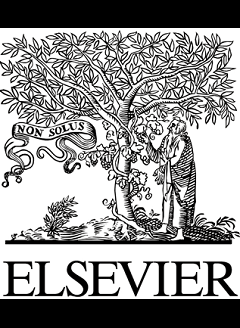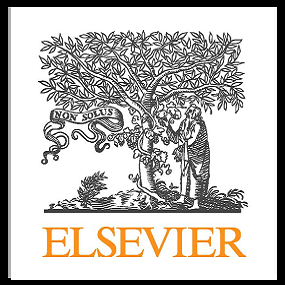دانلود رایگان مقاله شیوه های بازاریابی دهان به دهان الکترونیکی در پذیرش بانکداری موبایلی – سال 2020


مشخصات مقاله:
عنوان فارسی مقاله:
چگونه شیوه های بازاریابی دهان به دهان الکترونیکی در پذیرش بانکداری موبایلی نقش دارد؟
عنوان انگلیسی مقاله:
How do electronic word of mouth practices contribute to mobile banking adoption?
کلمات کلیدی مقاله:
بانکداری موبایل، تبلیغات شفاهی الکترونیکی، مدل احتمال ساخت، میانجیگری تعدیل شده، اعتماد اولیه
کلمات کلیدی انگلیسی:
Mobile banking – Electronic word of mouth – Elaboration likelihood model – Moderated mediation – Initial trust
مناسب برای رشته های دانشگاهی زیر:
مدیریت
مناسب برای گرایش های دانشگاهی زیر:
بازاریابی، بانکداری
وضعیت مقاله انگلیسی و ترجمه:
مقاله انگلیسی را میتوانید به صورت رایگان با فرمت PDF با کلیک بر روی دکمه آبی، دانلود نمایید. برای ثبت سفارش ترجمه نیز روی دکلمه قرمز رنگ کلیک نمایید. سفارش ترجمه نیازمند زمان بوده و ترجمه این مقاله آماده نمیباشد و پس از اتمام ترجمه، فایل ورد تایپ شده قابل دانلود خواهد بود.
فهرست مطالب:
Abstract
Keywords
1. Introduction
2. Literature review and hypotheses development
2.1. M-banking
2.2. EWOM
2.3. Elaboration likelihood model (ELM)
2.4. Impact of eWOM triggers on m-banking adoption intention
2.5. Mediating effects of initial trust
2.6. Moderating effects of consumer involvement in m-banking
2.7. The proposed conceptual model
3. Research methodology
3.1. Research paradigm and method
3.2. Sample and survey administration
3.3. Measures and instrument development
4. Analysis and results
4.1. Measurement model
4.2. Common method bias
4.3. Hypothesis testing with structural equation modelling
4.4. Moderated mediation
5. Discussion
6. Theoretical implications
7. Managerial implications
8. Limitations and future research directions
9. Conclusion
References
قسمتی از مقاله انگلیسی:
1. Introduction
Information technology development has enabled financial institutions to revolutionize their service delivery patterns (Shaikh and Karjaluoto, 2015; Shankar and Jebarajakirthy, 2019). Financial institutions, especially banks, offer a variety of innovative electronic channels for satisfying consumer expectations and for maintaining competitive advantage (Wessels and Drennan, 2010). Along with physical branch banking, banks offer a variety of substitute channels, such as ATMs, online banking, and mobile banking (m-banking) to provide their banking services. Among all new service delivery platforms, mbanking has emerged as the most cost effective and efficient channel for delivering banking services (Moser, 2015). Although m-banking services provide several unique services to users, the adoption rate of mbanking is below the expectation (Moser, 2015; Shaikh and Karjaluoto, 2015) and still parked in the early phase of adoption (Mullan et al., 2017). Despite the increasing number of m-banking users, globally it has been subscribed by only 15% of total smartphone users (Juniper Research, 2013; Shaikh and Karjaluoto, 2015). Similarly, in India, mobile phone usage and internet subscriptions are booming, yet the mbanking adoption rate is not up to the mark (Singh and Srivastava, 2018). In light of the importance of m-banking to several stakeholders, researchers have begun to examine the factors affecting m-banking adoption. They have increasingly used the technology acceptance model (TAM) (Aboelmaged and Gebba, 2013; Kalinic et al., 2019), the theory of planned behavior (TPB) (Cheah et al., 2011; Giovanis et al., 2019) and the unified theory of acceptance and use of technology (UTAUT I & II) (Zhou et al., 2010; Yu, 2012; Alalwan et al., 2017) as underpinning models to explore m-banking adoption intention




